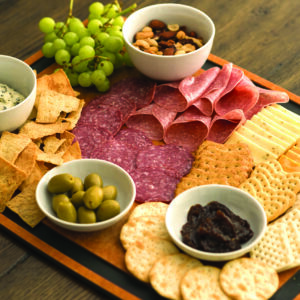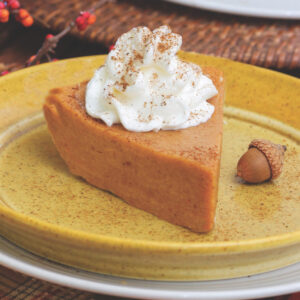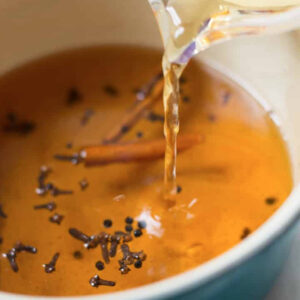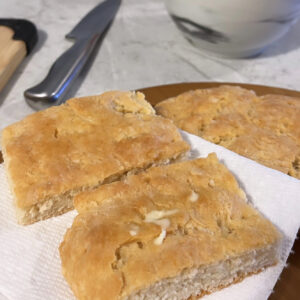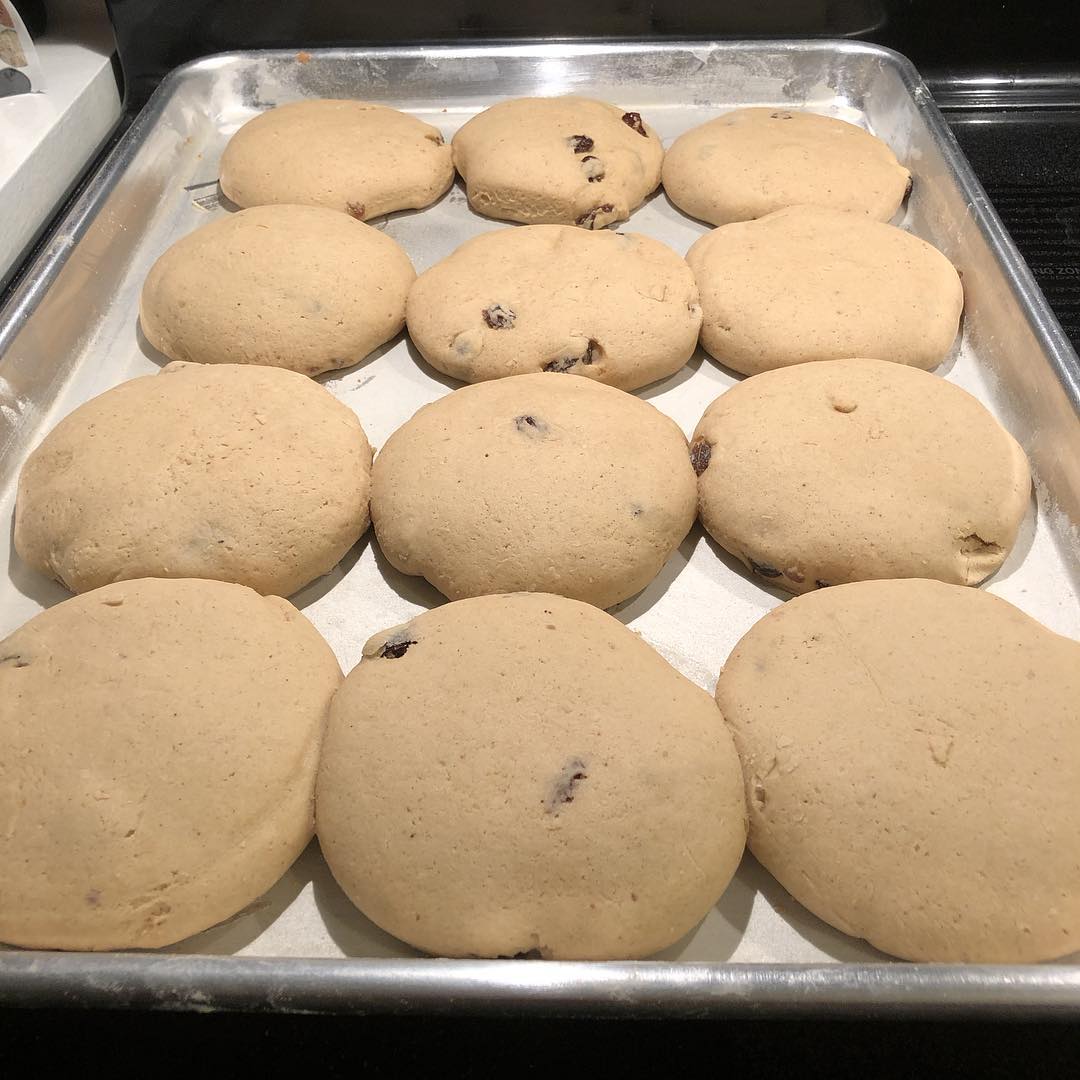
Garlic mustard was, like the dandelion brought over by European settlers and planted for medicinal applications. Over time it has come to be considered to be an invasive species because it displaces indigenous wild flowers and other natural growth. The easiest way to keep this wild edible under control is to harvest it.
As a member of the brassica family it is edible and tasty. It is also nutritious as it contains substantial amount of vitamins A, C, E, potassium, iron and omega-3 fatty acids and more. The only negative nutritional aspect that is important to be aware of is that, much like apple seeds and apricot kernels, it contains trace amounts of cyanide. So just to be safe I don’t usually consume a ridiculous amount at any given time.
Identifying the plants is easy, first year plants are short with heart shaped leaves that grow close to the ground. The second year it grows to about three feet high before flowering and going to seed. When rubbed the leaves give off the aroma of both garlic and mustard.
Every part of the plant is edible, the leaves being the most commonly consumed. They are best collected before it gets hot making the leaves bitter. The root is best harvested in spring or fall and has a peppery taste like horseradish. I have yet to try the seeds but am told they taste similar to a mustard seed and can be used in much the same way.
When preparing the leaves, the easiest way is to simply add them to your salad. They also make a great addition to cooked greens like collards, kale or spinach. My personal favourite preparation is to put them in some kind of herb puree with oil.
Garlic Mustard with Sunflower Seeds and Sunflower Oil
I simply grind up the leaves with a mortar and pestle to release the flavourful oils. You can also finely chop it with your knife or food processor. I then add a pinch or two of salt.
I prefer to dry toast my seeds in a pan on medium heat until they are golden brown and aromatic. I then give them the same treatment I gave the leaves.
Then I combine the two in a bowl, then add enough oil so they are just submerged.
Additionally you can add crushed chili flakes for a bit of spice.
Can be kept covered in your fridge for a long time or placed in ice cube trays and frozen until needed.
This makes a great addition to mashed potatoes, salads, pastas, bread and more.


